An Aquatic Life Institute-led study ties welfare practices to sustainability and makes a distinction between health and welfare
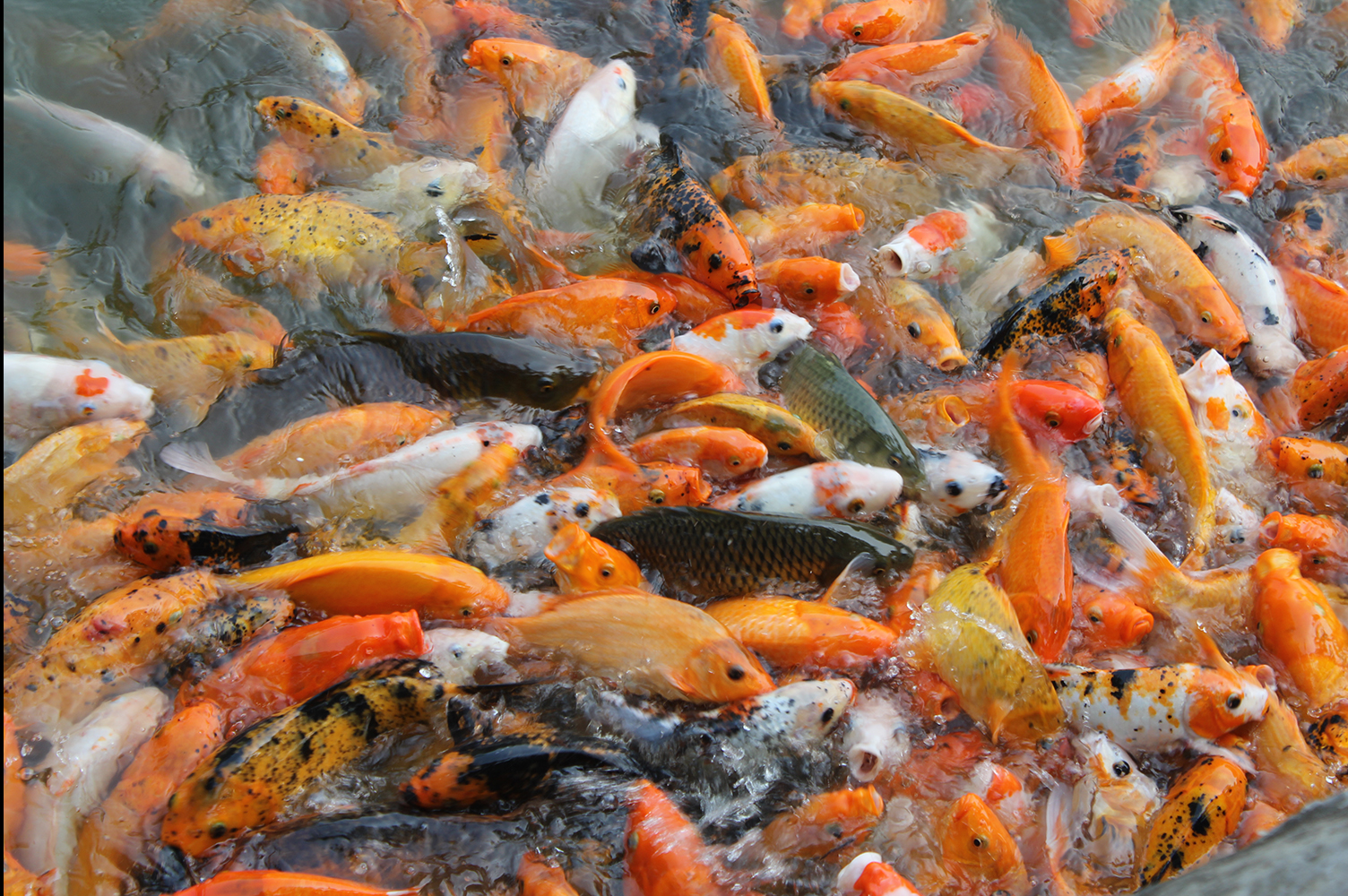
A recent study reported that a critical distinction, often overlooked yet rudimentary to the sustainable infrastructure of a complex and generative industry, is the fundamental difference between animal health and welfare in aquaculture.
While these terms are frequently used interchangeably – by producers, advocates and policymakers – understanding how they both correlate and deviate from one another in commercial aquaculture practices is a crucial part of sustainable development with animal welfare as a priority, rather than a mere formality, according to Tessa Jane Gonzalez, MELP, head of research at the Aquatic Life Institute in Rye, N.Y, USA.
A study authored by Gonzalez discusses the relevance of incorporating animal welfare into decision-making processes in aquaculture. Welfare is closely tied to public health and environmental sustainability, she argues, because articulating the observed benefits in aquafarming operations that have adopted positive welfare processes can expose a more sustainable, harmonious relationship between producers and animals in the seafood industry and help facilitate meaningful progress with collective buy-in.
“Animal welfare broadly encompasses the ‘state of being’ for non-human individuals, a notion that presents unique challenges, especially when applied to aquatic species in relation to global populations, food security, and environmental sustainability. The intricacies of assessing welfare are often complicated by subjective interpretations. Traditionally, the terms ‘health’ and ‘welfare’ have been viewed synonymously within the context of raising animals in aquaculture. This paper aims to clarify, align and harmonize these concepts, asserting that while health is a vital aspect of welfare, emphasizing the individual well-being of aquatic animals can also yield greater benefits for producers and the environment,” author Tessa Jane Gonzalez told the Advocate.
The main objective of the study was to present some of the “best” practices already utilized in aquaculture that demonstrate tangible benefits both in animal production (health) and quality of life (welfare). It identified, consolidated and evaluated innovative on-farm practices that simultaneously improve animal welfare and production efficiency in aquaculture. These innovative practices are expected to demonstrate measurable improvements in health, welfare and environmental outcomes, compared to conventional practices. Salmon, trout, carp, tilapia, sea bass, sea bream, turbot and shrimp were included because they are commonly farmed species with high relevance to the global seafood industry. The primary pillars of welfare that were considered include water quality optimization, total space requirements and ideal stocking densities, environmental enrichment strategies, sustainable feeding or feed composition, and humane stunning and slaughter.
What is the path to viable alternatives to shrimp eyestalk ablation?
Regarding water quality, the study findings indicate that aquaculture sites should be carefully chosen or designed so as to ensure the adequate flow of clean water of suitable quality according to species’ requirements; a water quality risk assessment must be coupled with an action plan once poor water quality is detected.
Further, producers must maintain accurate records of water quality parameters and publish data periodically and centrally. Water quality must be monitored regularly using an appropriate technical device for each parameter, with a frequency appropriate for both the species and the system in order to avoid deleterious impacts on welfare. Facilities must be designed and installed to avoid or minimize impacts on resources and must ensure an adequate supply of clean water according to the characteristics of the farming system and species’ requirements.
For space requirements and stocking density, Gonzalez says aquatic animals need adequate space and a suitable volume of water to display natural behaviors like foraging and nesting. Aquatic animals should be stocked at a density no higher than the level which is shown to produce the lowest stress, lowest maladaptive behaviors, and lowest conspecific aggression. This will be determined based on the most reliable evidence available, considering species, life stage and rearing system. Producers should then keep records of both density and total space available to individual animals, monitoring their behaviors and making any necessary adjustments to ensure social hierarchies/interactions are appropriate for the species being farmed.
About environmental enrichment, Gonzalez says animals need a variety of species-specific positive behavioral opportunities within the enclosure. Specific structures and resources that enable the display of natural species behaviors and enhance psychological well-being through physical activity and mental challenges tailored to specific species’ traits should be implemented and explored further. Immediate surrounding enrichments include enclosure coloration, substrate provision, lighting, water complexity, structures, shelters, feeding systems, and others. More detailed information and accompanying references can be found in ALI’s Industry Shift Towards Environmental Enrichment in Aquaculture.
The intricacies of assessing welfare are often complicated by subjective interpretations. Traditionally, the terms ‘health’ and ‘welfare’ have been viewed synonymously within the context of raising animals in aquaculture. This paper aims to clarify, align and harmonize these concepts, asserting that while health is a vital aspect of welfare, emphasizing the individual well-being of aquatic animals can also yield greater benefits for producers and the environment.
Concerning feeding and feed composition, Gonzalez says animal-based fish feed should be replaced with alternative proteins to the extent that the evidence suggests this will not have a deleterious impact on the health and well-being of the fish and the ecosystem. Alternative feed products should be used in place of fish products, to the extent that they do not impair health and welfare. The most sustainable alternative feed product should be preferred. Fishmeal and fish oil should be identified and quantified by the number of individual animals consumed per individual farmed aquatic animal. The animals used in fishmeal should be recorded by species and geographical sourcing.
Finally, concurrent methods of stunning and slaughter are preferred, such as those that involve electronarcosis directly leading to electrocution, Gonzalez argues. All stunning and slaughter equipment must be calibrated appropriately for the specific animals to be processed (in terms of species, body size, and life stage), in order to achieve immediate and consistent loss of consciousness. CCTV installation is necessary to ensure clear footage of the backup stun procedure. More detailed information can be found in ALI’s Stunning and Slaughter Best Welfare Practices for Animal Welfare in Aquaculture.
The results of such practices are intended to promote better cross-industry collaboration between academic institutions, advocacy organizations and producers to inspire future research and highlight leaders in respective areas. Gonzalez’s findings highlight the need for subsequent quantitative studies to validate the effectiveness of these practices under controlled conditions and develop standardized evaluation methods.
Sustainable advancements in aquaculture will stem from comparing promising approaches, fostering coordination and buy-in, and striving to be as cost-effective as possible in implementation, she added. The pursuit of “best practices” is inclusive, acknowledging that the ultimate goal is to establish a harmonious balance between people, our natural environment, businesses, and the health and welfare of animals in aquaculture.
“Understanding that aquatic animal welfare is inescapably relevant in nearly all aspects of our physical lives, a foundational ethical approach is essential for achieving systemic seafood sustainability. Advocates, academics, and alliances across sectors must work together to drive meaningful progress, paving the way for more sustainable existence,” concluded Gonzalez.
Now that you've reached the end of the article ...
… please consider supporting GSA’s mission to advance responsible seafood practices through education, advocacy and third-party assurances. The Advocate aims to document the evolution of responsible seafood practices and share the expansive knowledge of our vast network of contributors.
By becoming a Global Seafood Alliance member, you’re ensuring that all of the pre-competitive work we do through member benefits, resources and events can continue. Individual membership costs just $50 a year.
Not a GSA member? Join us.
Author
-

Darryl Jory, Ph.D.
Editor Emeritus
[103,114,111,46,100,111,111,102,97,101,115,108,97,98,111,108,103,64,121,114,111,106,46,108,121,114,114,97,100]
Tagged With
Related Posts
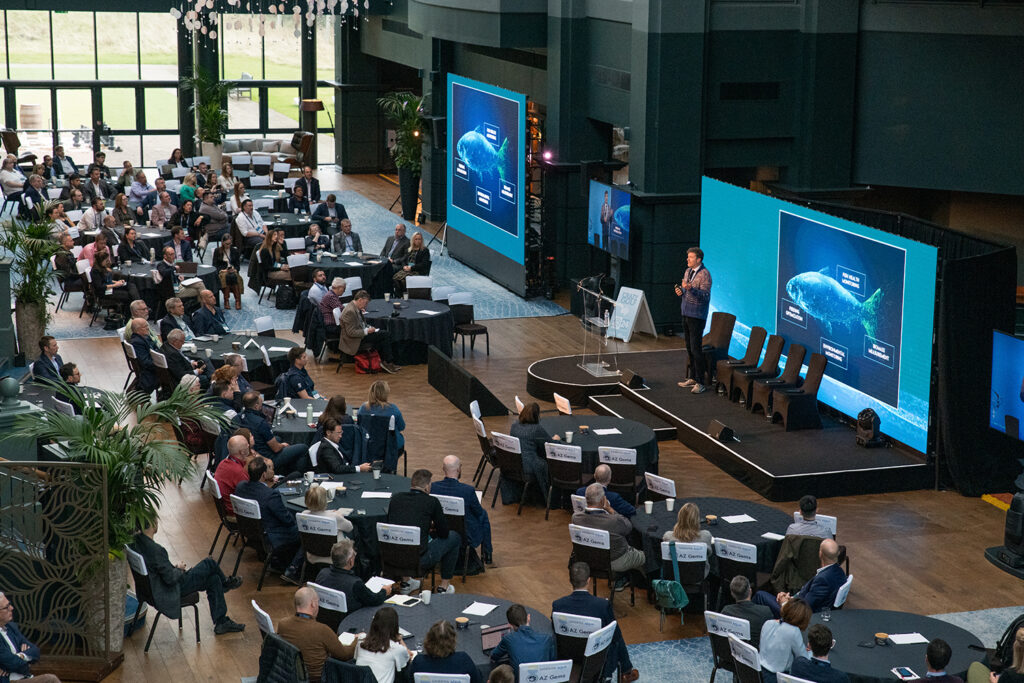
Intelligence
The Advocate reports from the Responsible Seafood Summit in St Andrews
More than 80 speakers took the stage to discuss a wide range of topics in fisheries and aquaculture and responsible seafood sourcing.
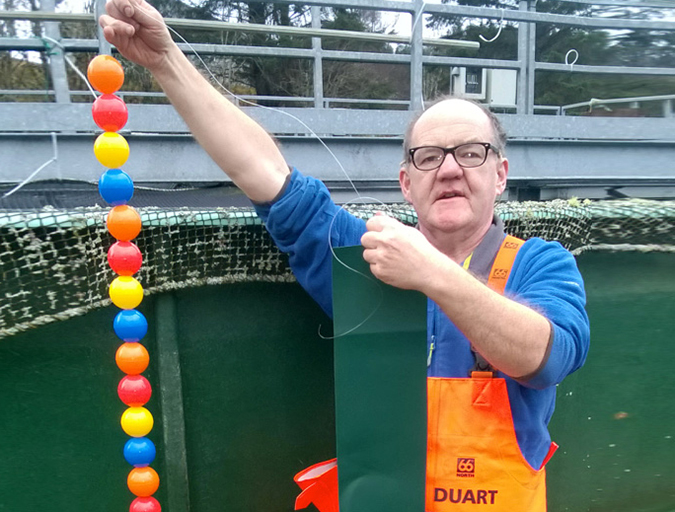
Health & Welfare
Time to play: Farmed fish respond to environment enrichment
Animal welfare on fish farms encompasses health, diet, water quality, husbandry, handling and slaughter. Add environment enrichment to the list, like a Scottish salmon company, which keeps its fish healthy by keeping them busy.
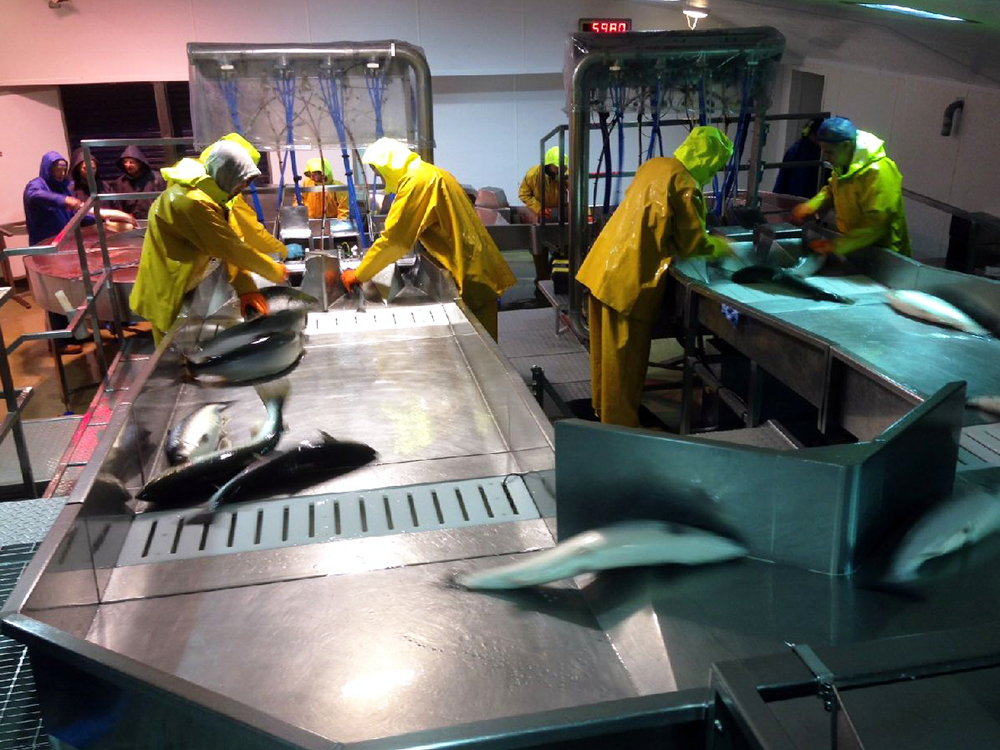
Health & Welfare
Fish producers benefit from humane slaughter techniques
EU legislation requires farmed fish be spared unnecessary pain, distress or suffering at slaughter, and efficient manual and automated systems have been developed to help achieve this goal. What’s more, longer shelf life and improved flesh quality have been reported.
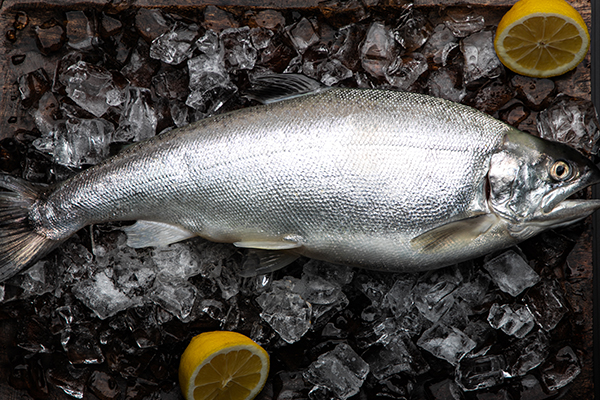
Health & Welfare
Coho salmon farmer sees Ike Jime partnership as a welfare and quality differentiator
New York-based Local Coho is the first aquaculture company to partner with Shinkei Systems and its automated Ike Jime humane slaughter technology.


![Ad for [membership]](https://www.globalseafood.org/wp-content/uploads/2025/07/membership_web2025_1050x125.gif)